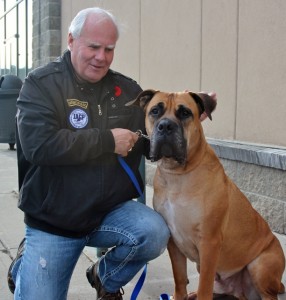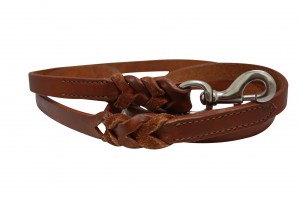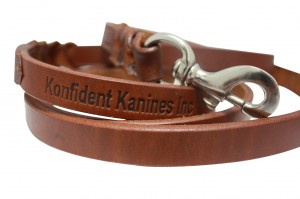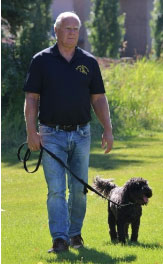 The Boerboel is a large, mastiff dog breed from South Africa, bred for guarding. The word “Boerboel” derives from ‘boer”, the Afrikaans/Dutch word for “farmer”.
The Boerboel is a large, mastiff dog breed from South Africa, bred for guarding. The word “Boerboel” derives from ‘boer”, the Afrikaans/Dutch word for “farmer”.
The most likely origins of this breed date back to 1652 although there is uncertainty as to how many and which breeds were used to create it.
The protective character of the Boerboel is still very evident and much sought after, as is the calm, stable, and confident composure of the breed. The breed is obedient and has strong territorial instincts and remains the guarding breed of choice among current day African farmers.
The Boerboel is a large, heavy mastiff breed weighing up to 80 kg (175 pounds). The breed is very loyal, and tends to be great with kids however will not hesitate to defend their loved ones to the death. This dog is possibly the most protective of the mastiff breeds and unlike many other breeds is more likely to attack rather than attempt to intimidate an intruder.
Prospective owners must understand that owning a boerboel requires a significant commitment in time and energy as the need to be trained and properly socialized …
Read More



 Many of you who have a dog (or not) may have heard the popular buzz phrase “positive reinforcement” or have even contacted a training facility or trainer who markets their services as “positive reinforcement” training methods only. Let’s examine that for a moment. Do you believe that it is possible to reshape or improve all behaviors by way of “positive reinforcement only? I wish that was true in life, however life doesn`t seem to work quite like that. I would like to expose you to what I refer to as balanced training or in other words “”operant conditioning””.
Many of you who have a dog (or not) may have heard the popular buzz phrase “positive reinforcement” or have even contacted a training facility or trainer who markets their services as “positive reinforcement” training methods only. Let’s examine that for a moment. Do you believe that it is possible to reshape or improve all behaviors by way of “positive reinforcement only? I wish that was true in life, however life doesn`t seem to work quite like that. I would like to expose you to what I refer to as balanced training or in other words “”operant conditioning””. The Boerboel is a large, mastiff dog breed from South Africa, bred for guarding. The word “Boerboel” derives from ‘boer”, the Afrikaans/Dutch word for “farmer”.
The Boerboel is a large, mastiff dog breed from South Africa, bred for guarding. The word “Boerboel” derives from ‘boer”, the Afrikaans/Dutch word for “farmer”.




